Electric Truck News
Testing of high-voltage DC relays for new energy vehicles
Posted on by Electric Trucks
As new energy vehicles rely on electric energy as their driving source, they present distinct characteristics compared to traditional vehicles. One significant difference lies in the main electrical circuits of new energy vehicles, which generate more substantial arcs when being turned on and off. If the switching equipment is insufficiently capable, it can lead to extremely dangerous situations such as leakage, fire, and even explosion. Consequently, a safety disconnection device with strong arc extinguishing ability—a high-voltage DC relay—is essential in the power circuit of new energy vehicles.
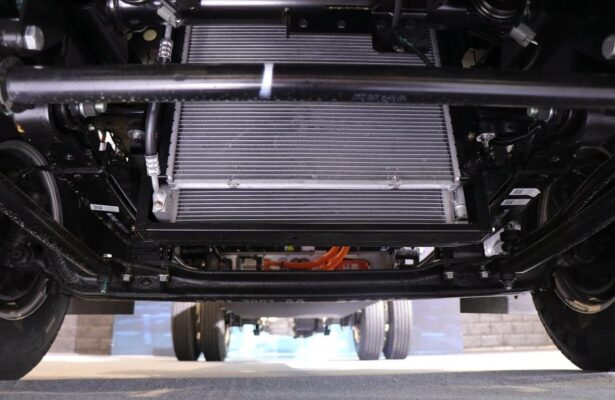
The BDU (Battery Disconnect Unit), also known as the battery pack disconnection unit, is a crucial component. Its main elements include high-voltage DC relays such as the main relays and pre-charge relays for the positive and negative poles. اضافي طور تي, it comprises fuses, a BMU (Battery Management Unit), current acquisition elements, copper bars, connectors, and wire harness assemblies. It serves as an important protection module for the high-voltage circuit system of electric vehicles and an integral part of the vehicle control system.
The principle of a relay is relatively straightforward. It controls the contact action to complete the on and off of the circuit based on the control signal or the change in coil current. This is a classic control device that has found new applications in the context of new energy vehicles. With the rapid development and extensive application of new energy vehicles, many relay manufacturers have responded by launching corresponding high-voltage DC relay products. Simultaneously, it becomes necessary to build test equipment that can simulate the on-board environment to meet the stringent test standards of the automotive industry.
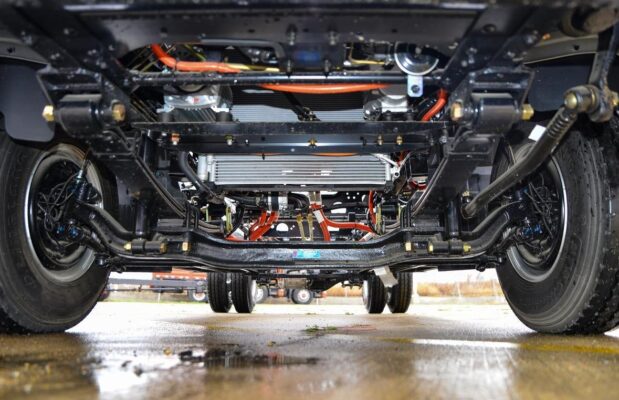
Application:
Consider a relay factory where its high-voltage DC relays are utilized by many German automakers in their BDU systems. For product testing, this factory has purchased ITECH DC power supplies. The IT6000C series DC power supply is particularly noteworthy. It has a voltage range of up to 2250V and a maximum current of up to 2040A. ان کان علاوه, its maximum power can be expanded to an impressive 1.152MW. This makes it highly suitable for DC testing needs in the new energy field.
In the high-voltage DC relay test, the IT6000C and IT8900A/E can be connected to the main contacts to form a closed loop. This setup enables the completion of various tests, including the on-off capability of the main contacts. The common voltages of relay coils are typically 12V and 24V. During the test, a DC power supply is also required to supply power to these coils.

In addition to function tests such as adsorption and release, customers have additional requirements. The product must pass the automotive electronic waveform test. When delivering the relays, test reports such as LV124 and IOS16750-2 must be attached as acceptance standards. This ensures that the relays meet the high-quality and safety standards expected in the automotive industry.
Users can also take advantage of the automotive electronic network curve function built into the IT6500C series DC power supply. This function allows for the quick completion of relevant tests. It streamlines the testing process and provides accurate results, ensuring the reliability and performance of the high-voltage DC relays.
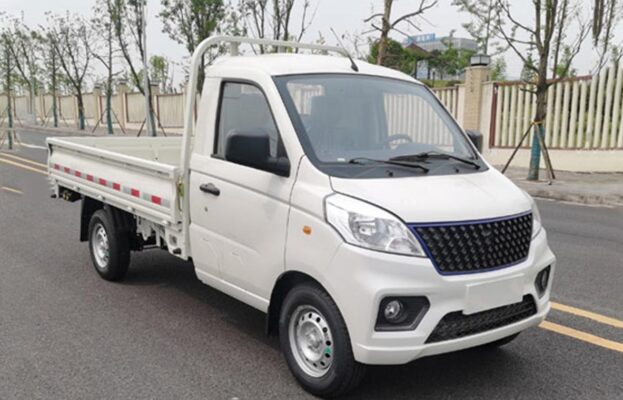
The importance of accurate testing of high-voltage DC relays cannot be overstated. These relays play a critical role in ensuring the safety and proper functioning of new energy vehicles. Any failure or malfunction in the relays can have serious consequences, including potential damage to the vehicle’s electrical system and endangering the safety of passengers.
مثال طور, if a high-voltage DC relay fails to disconnect the power circuit properly when needed, it could lead to continuous flow of high-voltage electricity, increasing the risk of electrical shocks, fires, or explosions. On the other hand, if the relay does not close properly, it can prevent the vehicle from receiving the necessary power, resulting in a loss of functionality.
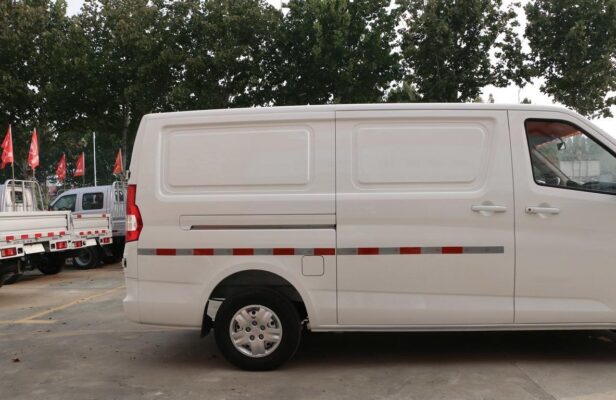
During the testing process, different parameters and characteristics of the relays are evaluated. The on-off capability test assesses how well the relay can handle the switching of high-voltage currents. This test ensures that the relay can perform its intended function of disconnecting or connecting the power circuit as required.
The automotive electronic waveform test is another important aspect. This test simulates the various electrical waveforms that the relay may encounter in an actual vehicle environment. It helps to determine the relay’s ability to withstand different electrical loads and disturbances, ensuring its reliability under real-world conditions.
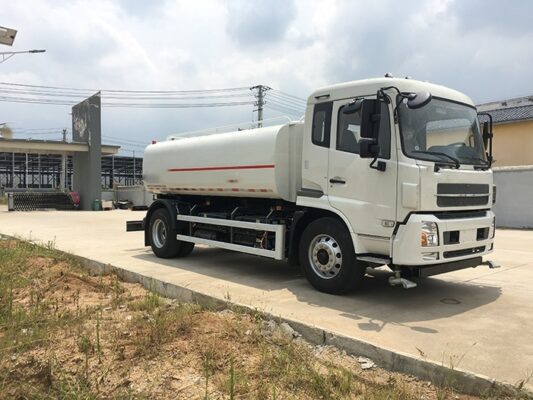
The attachment of test reports such as LV124 and IOS16750-2 provides evidence of the relay’s compliance with industry standards. These reports not only serve as acceptance criteria for customers but also demonstrate the manufacturer’s commitment to quality and safety.
In conclusion, the testing of high-voltage DC relays for new energy vehicles is a complex and crucial process. It requires advanced test equipment and strict adherence to industry standards. By ensuring the quality and performance of these relays through comprehensive testing, we can contribute to the safety and reliability of new energy vehicles. This not only benefits the automotive industry but also promotes the wider adoption of sustainable transportation solutions.